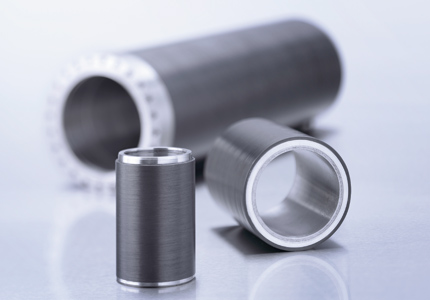There are three main types of magnets – permanent, temporary and electromagnets. These three types, permanent magnets are those an average person is most knowledgeable about. Among perhaps the most common, everyday over unity magnetic can be a fridge magnet.
These are considered permanent because whenever they are magnetized they keep their amount of magnetism. It is really an object created from a cloth which is magnetized and it also creates its own persistent magnetic field.
They might be created in virtually every possible shape. A superb magnet should build a high magnetic field using a low mass. Moreover, when you are seeking qualities of any good over unity magnetic you want to ensure that it can be stable resistant to the influences that could demagnetize it.
There are a selection of various sorts of these each type has different characteristics and properties. What differentiates these includes:
• How easily they are often demagnetized
• How strong they’re
• How potency and efficacy changes based on the temperature
Types of permanent magnets include:
• Neodymium
• Samarium-cobalt
• Alnico
• Ceramic (also known as ferrite)
Neodymium and samarium-cobalt are referred to as rare earth magnets. Rare earth magnets build the largest magnetic flux together with the smallest mass. These are generally famous for to be the strongest of all of the permanent magnets and are hard to demagnetize.
Alnico’s name hails from its components. Alnico is constructed of aluminum, nickel and cobalt. This particular type will not be easily impacted by temperature, but it’s easily demagnetized.

Finally, ceramic or ferrite magnets might be the favourite type, ultimately because of their flexibility. These are flexible and sometimes thin, which means that they are often bent and moved in a lot of different methods, causing them to be excellent options for marketing and advertising purposes. They may be fairly strong instead of easily demagnetized, nonetheless strength varies greatly good temperature.
The reason for permanent magnets vary greatly, including:
1. Mechanical applications depend upon the attractive and repelling force on the magnet. Such applications include:
• Magnetic separators & holding devices
• Torque drives
• Bearing devices
2. Electric power applications rely on while using magnetic field to convert mechanical energy into electricity. Such applications include:
• Generators and alternators
• Eddy current brakes
3. Mechanical energy applications rely on while using magnetic field to convert electrical energy to mechanical energy. Such applications include:
• Meters
• Motors
• Speakers
• Relays
4. Applications that are supposed to direct, shape and control electron and ion beams. Such applications include:
• Ion Pumps
• Cyclotrons
• Cathode-ray tubes
Permanent magnets would be the common and they are employed in a number of products and environments. When scouting for these you wish to consider its strength, performance in temperature and whether it’s easily demagnetized.
For more details about N52 Magnets go this useful internet page.
